New Products
-
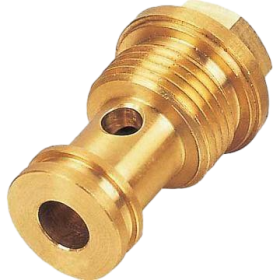
Custom Turn-Mill Combination brass parts
-
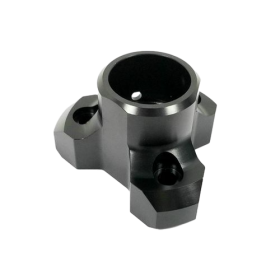
Custom Turn-Mill Combination parts
-
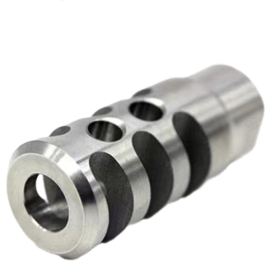
Precision CNC Turning Parts Stainless Steel shaft accessories
-
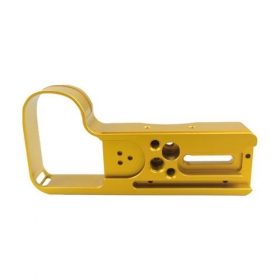
Precision CNC Custom Made Colorful Anodized Aluminum milling parts
-
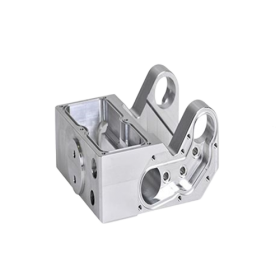
Custom CNC Milling Automated Machinery and Equipment Parts
-
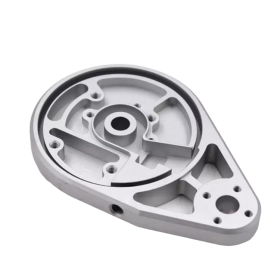
OEM/ODM Custom High Precision Metal CNC Machining/Milling/Turning Service CNC Turning Part
Comprehensive Guide to POM CNC Machining
Polyoxymethylene (POM), also known as acetal, is a high - performance engineering plastic widely used in various industries due to its excellent mechanical properties and machinability. POM machining involves the process of shaping POM materials into various components using different machining techniques.
Comparison between POM and Other Plastic Materials
|
Comparison Aspect |
POM |
ABS |
Nylon |
Polycarbonate |
|
Mechanical Strength |
High stiffness, good fatigue resistance |
Moderate strength, impact - resistant |
High strength, excellent wear - resistance |
High impact - strength, good dimensional stability |
|
Machinability |
Good, can be machined to tight tolerances |
Fair, may require more care to avoid warping |
Good, but can be sticky during machining |
Fair, may need special tooling for fine details |
|
Chemical Resistance |
Excellent resistance to most chemicals except strong acids and bases |
Good resistance to many chemicals, but less than POM |
Good resistance, especially to oils and fuels |
Good, but sensitive to some solvents |
|
Cost |
Moderate cost, competitive for high - performance applications |
Lower cost, more cost - effective for general applications |
Moderate - high cost depending on grade |
High cost for high - quality grades |
|
Dimensional Stability |
Very good, minimal shrinkage during machining |
Fair, may have some dimensional |
|
|
Benefits of POM Machining
1. Excellent Machinability: POM can be easily machined using standard machining tools and techniques. It cuts cleanly, producing smooth surfaces and allowing for tight tolerances. This makes it possible to create complex parts with high precision, reducing the need for secondary finishing operations.
2. Good Dimensional Stability: POM has minimal shrinkage during the machining process and is not significantly affected by moisture absorption. This results in parts that maintain their shape and dimensions over time, which is crucial for applications where precision is required.
3. Low Friction and Wear Resistance: The low coefficient of friction of POM makes it ideal for applications where moving parts need to operate smoothly. Its wear - resistant properties ensure a long service life, reducing the frequency of component replacement.
4. Good Chemical Resistance: POM is resistant to many common chemicals, including solvents, oils, and detergents. This makes it suitable for use in environments where it may come into contact with various substances.
POM Machining Processes
POM machining is the practice of using traditional machining methods such as milling, turning, drilling, and tapping to transform POM thermoplastic into precise parts. POM is known for its excellent machinability, which allows manufacturers to achieve tight tolerances and high - quality finishes. The material's uniform structure and consistent properties make it suitable for creating complex geometries with relative ease.
In case the chosen POM material is of inferior quality or if there are high dimensional tolerance requirements, it is advisable to conduct annealing after roughing to alleviate its internal stress. This method can effectively minimize deformation during the finishing process.
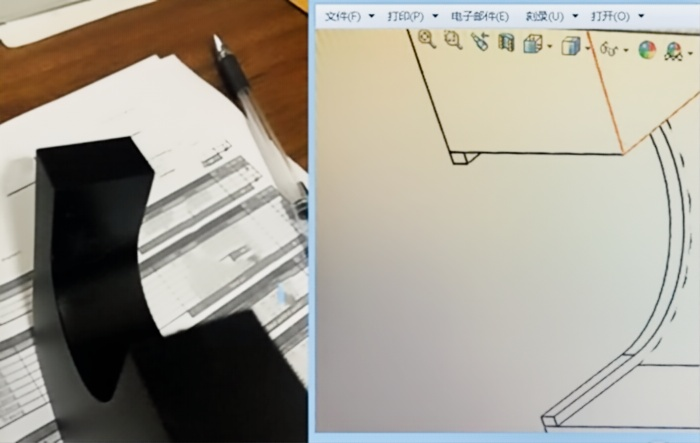
Processing Technology of POM Machining
1. Cutting Tools: Carbide tools are highly recommended for POM machining. Their hardness and wear - resistance make them suitable for cutting POM, which can be a relatively abrasive material. For example, carbide end - mills and drills can effectively cut through POM with minimal tool wear. High - speed steel (HSS) tools can also be used, but they may require more frequent replacement.
2. Machining Parameters
1. Spindle Speed: POM can be machined at relatively high spindle speeds. A typical range for milling operations is between 10,000 - 20,000 RPM. Higher speeds help in achieving a better surface finish and reducing the heat generated during machining.
2. Feed Rate: The feed rate should be carefully adjusted. For POM, a feed rate of 0.1 - 0.3 mm per tooth is common in milling. Too high a feed rate can cause chipping, while too low a rate can lead to excessive heat build - up.
3. Depth of Cut: In milling, a depth of cut of 0.5 - 2 mm is usually appropriate. Deeper cuts may cause the material to deflect or chip, especially in thin - walled parts.
3. Cooling and Lubrication: Water - soluble coolants are often used in POM machining. They help in dissipating heat generated during the cutting process, which is crucial as POM has a relatively low melting point (around 165 - 175°C). Coolants also improve the surface finish and reduce tool wear. In some cases, dry machining can be possible for small - scale operations, but proper ventilation is required to remove the heat.
Industry of Application
1. Automotive Industry: POM is used to manufacture various automotive components such as gears, bushings, and bearings. Its low friction properties reduce energy consumption and wear in moving parts, while its high stiffness ensures reliable performance under mechanical stress. For example, POM gears are often used in automotive window regulators and door lock mechanisms.
2. Electronics Industry: In electronics, POM is used for parts like connectors, insulators, housings, and small mechanical components. Its excellent electrical insulation properties, combined with good dimensional stability, make it suitable for applications where precision and electrical performance are crucial. POM insulators help prevent electrical short - circuits in electronic devices.
3. Medical Industry: POM's biocompatibility and resistance to chemicals and sterilization processes make it a popular choice in the medical field. It is used to create components for surgical instruments, medical devices, and prosthetics. For instance, POM can be machined into precision made components for dental instruments.
4. Consumer Goods: POM is used in a wide range of consumer products, from small household items to toys. Its machinability allows for the creation of intricate and durable parts. In toys, POM can be used to make gears and moving parts that can withstand the rigors of play.
5. Industrial Machinery: In industrial machinery, POM is used for components like bearings, slides, and conveyor parts. Its high stiffness and wear - resistance ensure smooth operation and long - term performance of the machinery.
Considerations for POM Machining Processes
1. Heat Generation: As mentioned earlier, POM has a relatively low melting point. During machining, excessive heat can cause the material to melt or deform. Proper cooling and lubrication, along with appropriate machining parameters, are essential to manage heat.
2. Material Clamping: POM is a relatively soft material compared to metals. When clamping the material for machining, care must be taken not to over - tighten the clamps, as this can cause the material to deform. Specialized soft - jaw clamping systems can be used to ensure a secure hold without damaging the POM workpiece.
3. Chip Management: POM chips can be stringy, especially during high - speed machining. Effective chip management systems, such as chip conveyors and proper coolant flow to flush away chips, are necessary to prevent chips from interfering with the machining process or causing surface damage.
In conclusion, POM machining offers numerous advantages in terms of machinability, dimensional stability, and performance in various industries. However, it is important to consider its limitations, such as heat resistance and brittleness, when choosing POM for a particular application. By understanding these aspects, manufacturers can make informed decisions about whether POM is the right material for their machining needs.

 Evan Xiao
Evan Xiao